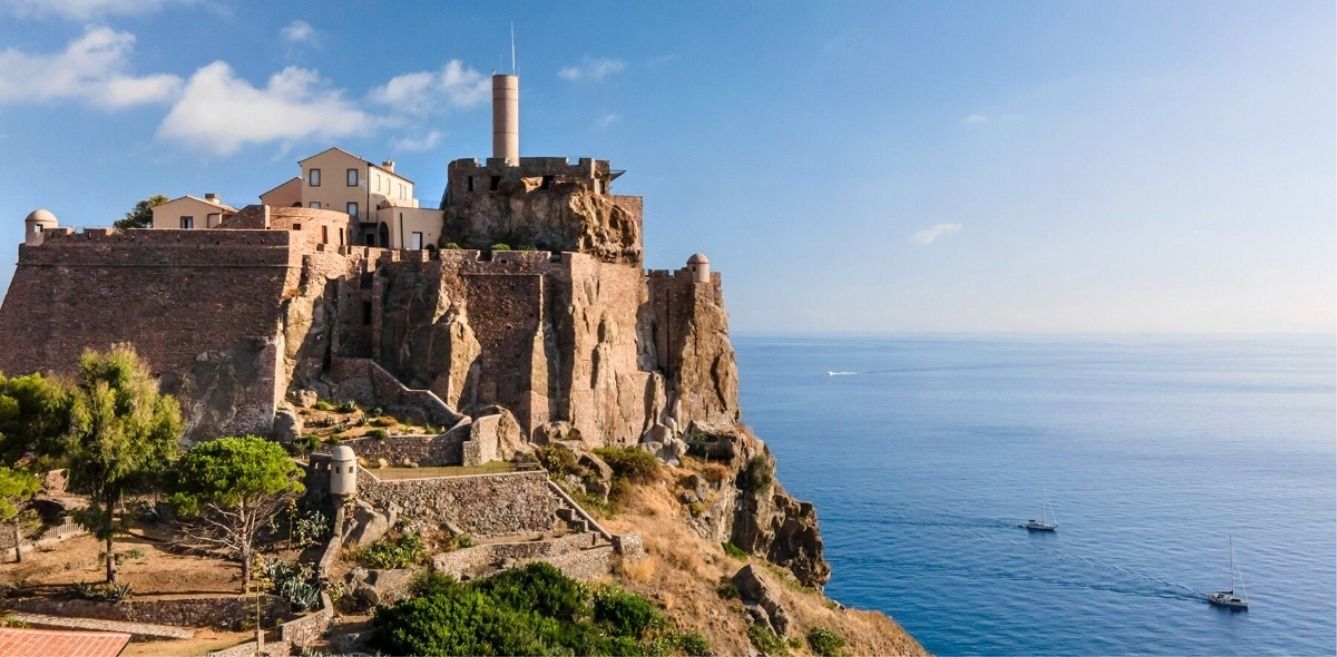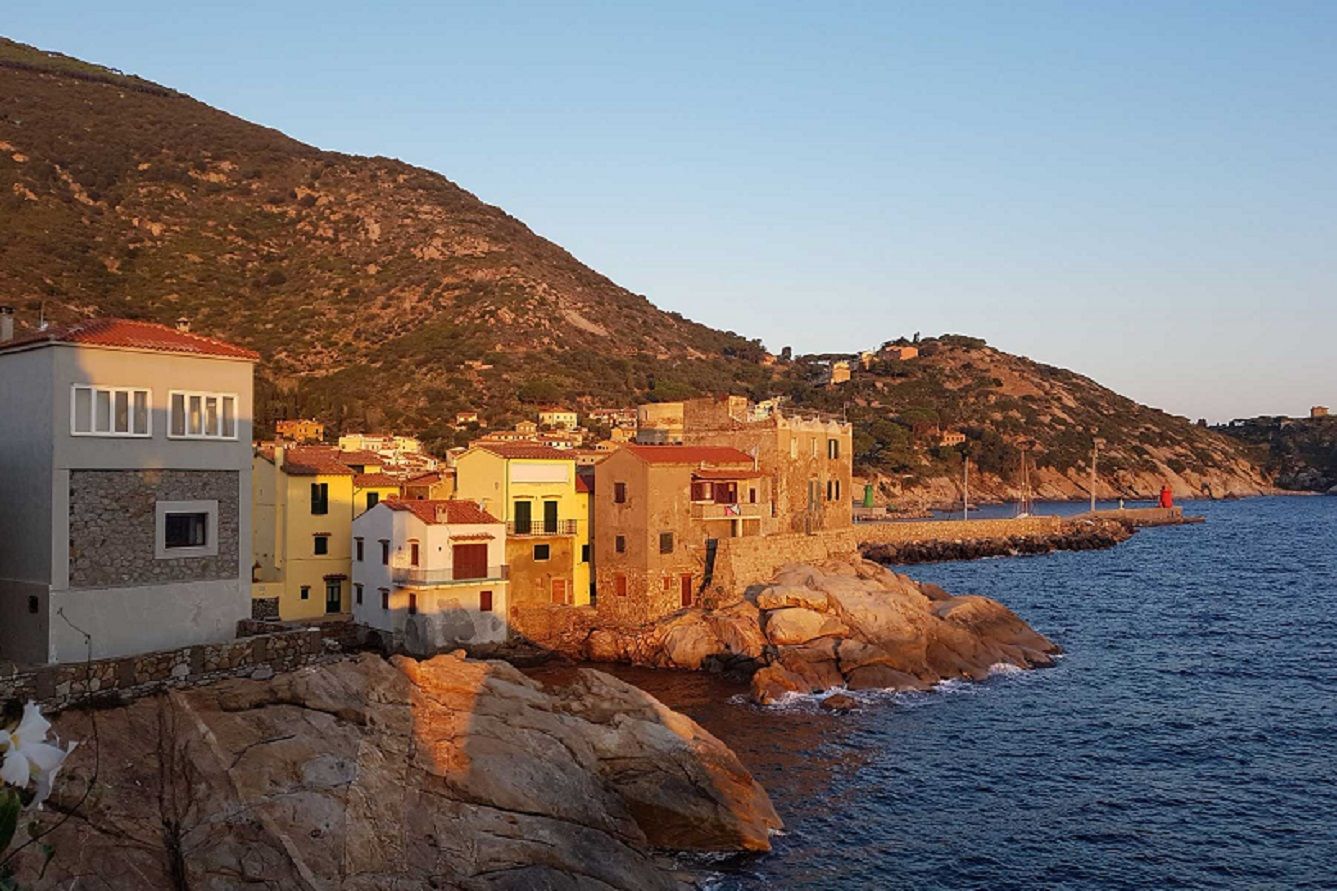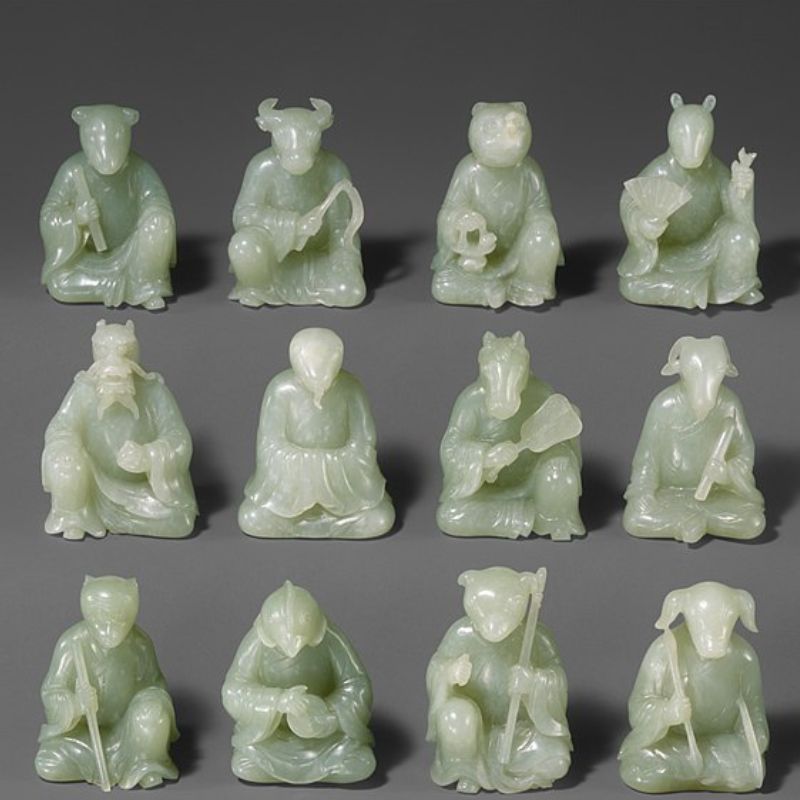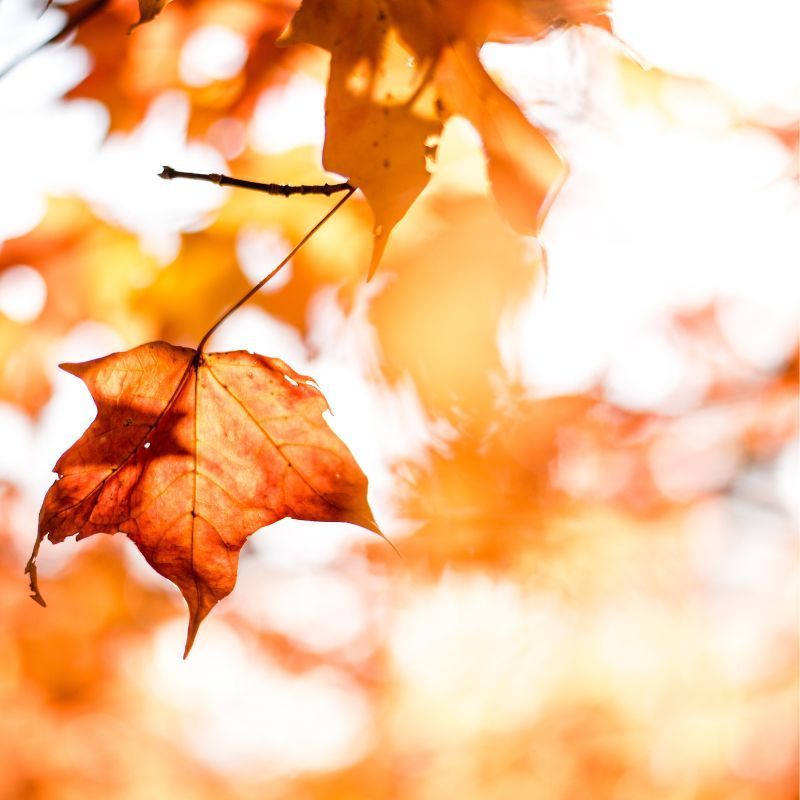
Two and a half hours’ drive south of Florence, we finally saw the tips of the sculptures on a hilltop outside Garavicchio, a medieval village in southern Tuscany. Flashes of blue and green and white and red caught my eye, the sun glinting off mirrored tiles. I held my breath as we made our way up the drive. I had read so much about Niki de Saint Phalle’s tarot garden in Tuscany that to actually see it in real life seemed as fantastical as the fact that it existed at all.
Tarot cards are not meant to foretell the future but to provide images to quietly and subtly seed the subconscious. Perhaps for this reason, the iconography of the tarot deck has long held an allure for artists. Surrealists Leonora Carrington and Salvador Dalí designed their own decks; printmaker Betye Saar worked tarot cards — the star, the moon — into some early, important pieces; director Agnès Varda famously began her film Cléo from 5 to 7 with a tarot reading. But Saint Phalle did them all one better, bringing the figures up off the cards and out into the world.
The idea for the project, which opened in 1998 on an ancient Etruscan site, came to the French-American artist in a dream: she would make a sculpture garden in the form of a tarot deck. “If life is a game of cards,” she wrote, “we are born without knowing the rules. Yet we must play our hand.”
Book your stay at Agri Resort & SPA Le Colline del Paradiso via Booking.com here
Book your stay at Agri Resort & SPA Le Colline del Paradiso via Agoda.com here
Here’s a look at the mesmerising garden based on Tarot Cards in Tuscany
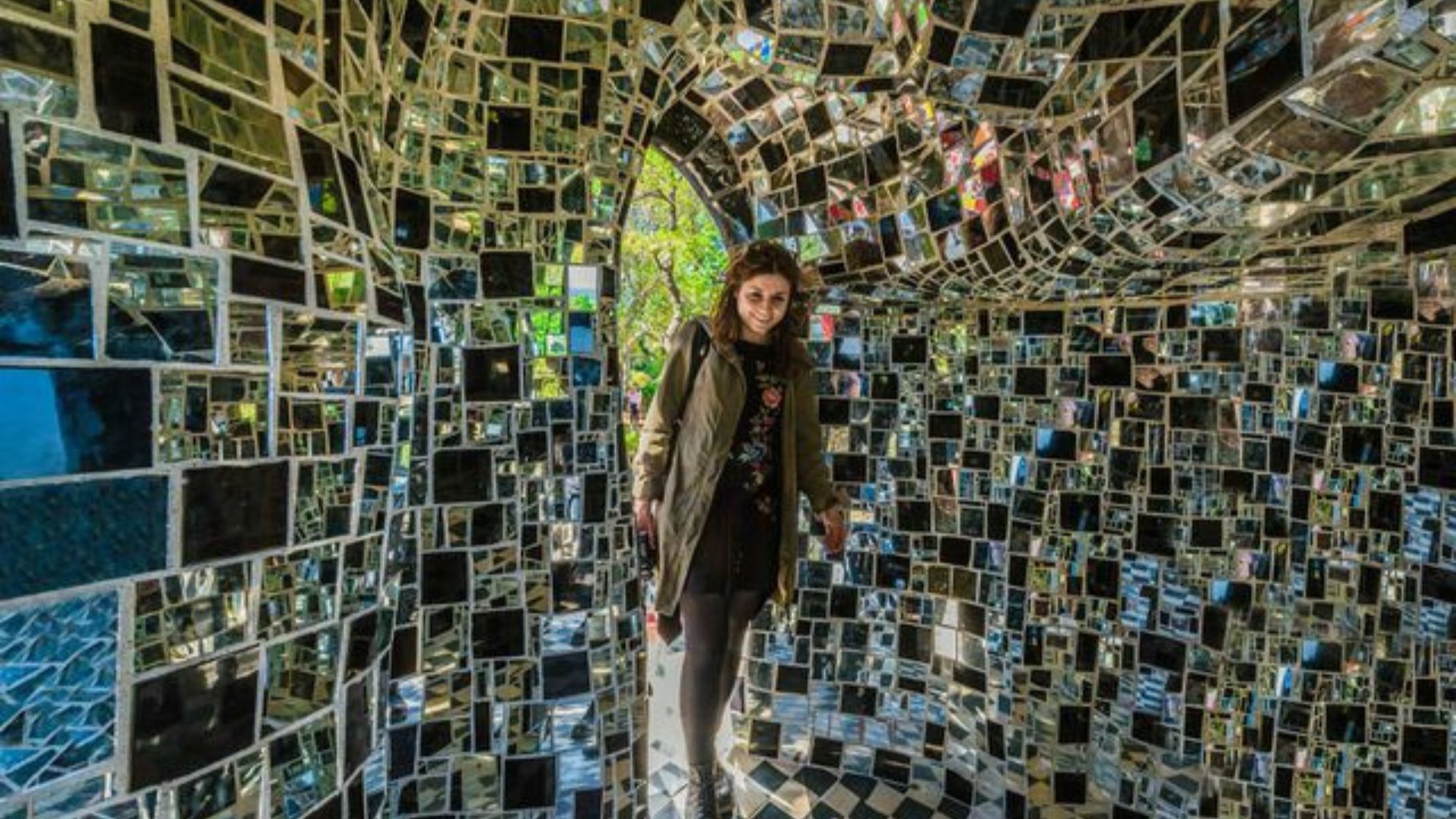
Beginning in 1978, Saint Phalle and a team of artists, electricians, and enthusiastic locals (including a postman) constructed pieces inspired by the 22 major arcana on 14 acres belonging to the aristocratic Caracciolo family. Saint Phalle’s merry band built iron frames, then covered them in cement and sheathed them in tiles, all handmade and fired locally, glazed in sturdy primary colours, outlandish jewel tones, and cartoon pinks, oranges, and yellows. Still, others were covered in tiny mirrors, which reflect and fracture the sky. Toward the end of her life, Saint Phalle suffered from rheumatoid arthritis and could barely move, but she continued to dream up ideas for her garden. At the time of her death in 2002, she was planning a maze. The garden had been, she wrote, “my husband, my love, my everything.”
Her sculptures reference the sinuous mosaics in Antonio Gaudí’s Parc Güell in Barcelona, but also the 16th-century Gardens of Bomarzo, in northern Lazio; the Ideal Palace, a fantastical castle built by postal worker Ferdinand Cheval in Hauterives, France; the Alhambra in Granada, Spain; Mayan ruins throughout Mexico; and Russian Orthodox churches. She drew the images from what is thought to be the oldest deck in existence, the Marseille tarot, as well as the more widely used Rider-Waite Smith deck. But she also worked freely from her imagination. The result is a group of carnivalesque monsters clustered, bizarre and monumental, in an otherwise typically Tuscan landscape.
The sculptures also nod to as many world religions and cultures as Saint Phalle could fit on their surfaces — Egyptian, Mesopotamian, kabbalah, and Christianity among them. Monsters and prehistoric creatures appear as symbols of rebirth, of primeval force. They are intended to be touched, climbed on, and otherwise engaged with. That’s why my partner, Ben, and I thought visiting the garden would be a great activity for our three-year-old, Julien. But after we went through the gate, he sat himself down on the gravel path, more interested in the fragments of rock than in the mosaics everyone else had come for. He was exercising his own form of freedom; Saint Phalle no doubt would have approved. Ben stayed with him and I climbed up into the park alone.
Book your stay at Monastero Di Cortona Hotel & Spa via Booking.com here
Book your stay at Monastero Di Cortona Hotel & Spa via Agoda.com here
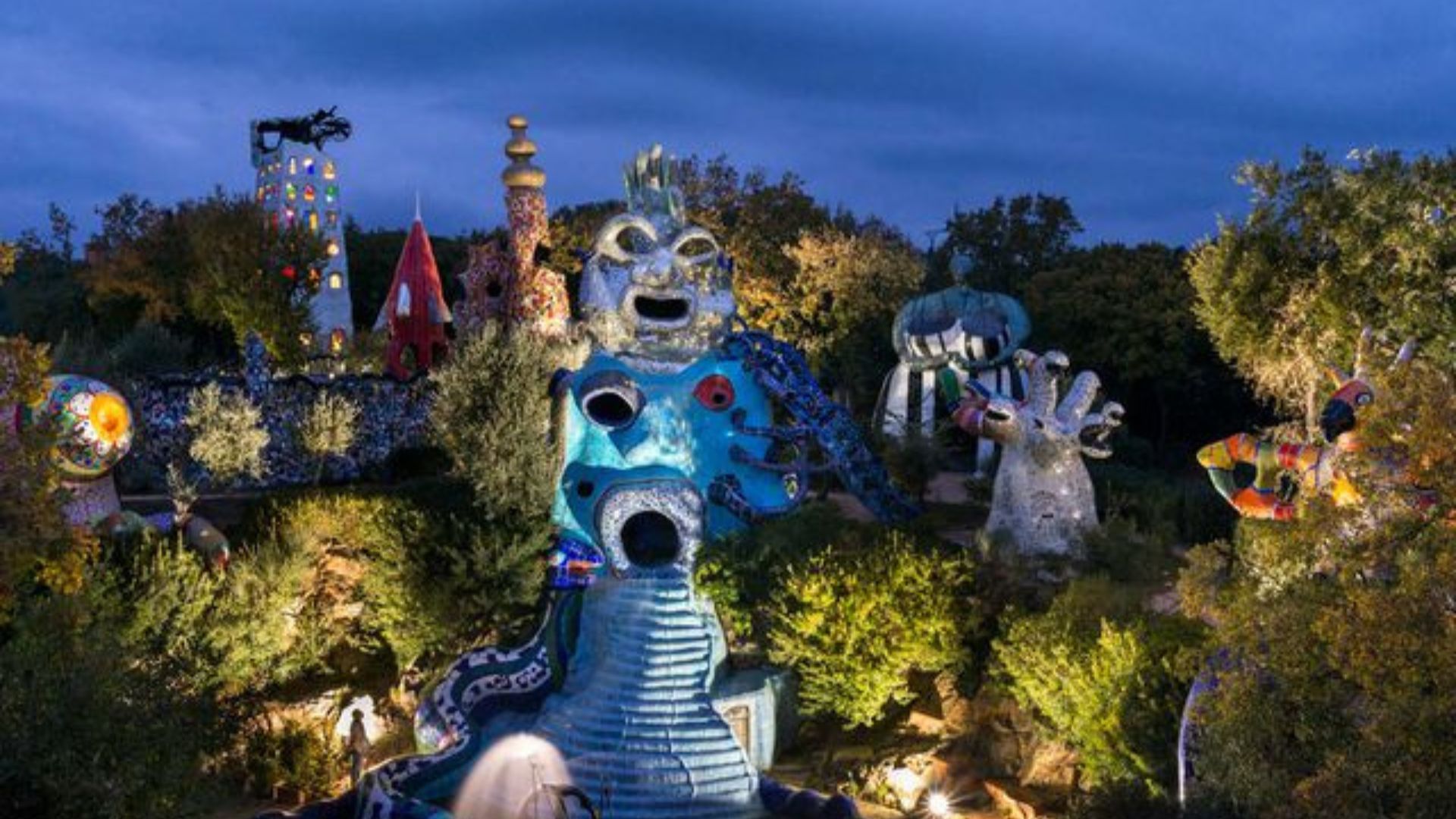
As I entered, I was greeted by The Magician and the High Priestess, out of whose mouth spilled an enormous fountain, while the Wheel of Fortune — a kinetic machine made by Saint Phalle’s husband, Swiss sculptor Jean Tinguely — whipped water around in all directions. These are two different cards in the tarot deck, which, according to expert Rachel Pollack, represent “archetypal male/female energies.” By combining the two into a single statue, Saint Phalle was making a statement about getting beyond those distinctions, asking, “What can we do if we bring energies together?” To the side of the magician is Strength, in which a flame-haired woman confronts a green-spangled dragon with a red pedicure. His wings are tiled with fiery red, yellow, and orange. Her right hand is raised—was she going to fight the dragon, or pet him?
I moved up a flight of numbered steps and found myself confronted by Justice, which Saint Phalle had depicted as a buxom lady in black and white, with scales for breasts, in whose dungeon-like womb Injustice — another machine-like Tinguely installation — creaked away behind an iron gate. Then I lost myself for a while looking at the prismatic Tree of Life and everything written on its trunk — intricate drawings, words in various languages, mysterious patterns of numbers. It might contain the key to all mythologies, I thought, if it could only be deciphered.
Just then a text message came through: a picture from Ben of Julien running up and down the numbered steps. My heart lifted. It had not been a terrible idea to bring him to this place. I passed The World, in which a woman delicately rests on one foot on top of a golden egg encircled by a colourful snake, itself balanced on a Tinguely sculpture. The egg rotates, casting a disco-ball-like reflection around the garden, as if creating a protective force field around itself.
I made my way into the blue-haired Empress/Sphinx, a giant structure the size of a modest house in which Saint Phalle lived during part of the garden’s construction. One of the statue’s enormous breasts fits an entire kitchen; the other a bedroom. There are portholes in the nipples that allow you to look out over the garden and the countryside beyond. Almost everything inside is completely covered in fragments of mirror, even the dishwasher.

The thing about tarot decks is that they are meant to be reshuffled every time they’re used, so the cards change meaning depending on how they are drawn and where they are placed. In Saint Phalle’s three-dimensional deck, they are fixed in place; what changes is the way visitors walk around the park, in what order they visit the statues. Their “readings” take the form of their perambulations.
My own journey through the cards was shaped partly by journalistic duty, partly by familial responsibility. I know Saint Phalle felt this push and pull between work and family; she wrote about it in letters to friends. I summoned her spirit, lingering inside the belly of the Empress, photographing the mirrored mosaics and taking a little extra time to observe the world for myself before I returned to observing it for my child.
Book your stay at GH Palazzo Suite & SPA via Booking.com here
Book your stay at GH Palazzo Suite & SPA via Agoda.com here
I thought about the cards I’ve drawn, so to speak, on this occasion: Strength, the Tree of Life, the World, the Empress. I’m not sure I’ve entirely absorbed their imagery with my conscious mind, but then I’m happy to think that I’m not meant to, that they can work on my subconscious all by themselves, until I can return.
This story first appeared on www.travelandleisure.com
Main and Feature Image Credit: From left: Kim Newton/Alamy; Valerio Mei/Shutterstock
Related: Year Of The Rabbit: Solo Trips For Women In 2023 In India, Based On The Chinese Zodiac

